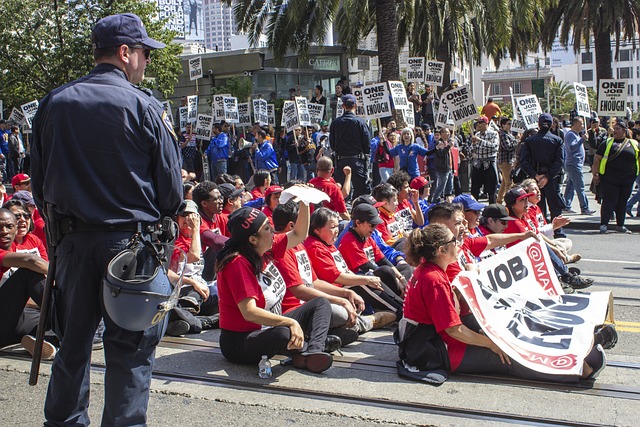Article Title:Contribution of incense burning to indoor PM10 and particle-bound polycyclic aromatic hydrocarbons under two ventilation conditions
Abstract:
Burning incense to worship Gods and ancestors is a traditional practice prevalent in Asian societies. This work investigated indoor PM10 concentrations resulting from incense burning in household environments under two conditions: closed and ventilated. The exposure concentrations of particle-bound polycyclic aromatic hydrocarbons (PAHs) were estimated. The factors of potential exposure were also evaluated. Under both conditions, samples were taken at three locations: 0.3, 3.5 and 7 m away from the altar during three periods: incense burning, the first 3 h, and the 4-6 h after cessation of combustion. PAH concentrations of incense smoke were assessed in the laboratory. Personal environment monitors were used as sampling instruments. The results showed a significant contribution of incense burning to indoor PM10 and particulate PAH concentrations. PM10 concentrations near the altar during incense burning were 723 and 178 mu g/m(3) , more than nine and 1.6 times background levels, under closed and ventilated conditions, respectively. Exposure concentrations of particle-bound PAHs were 0.088-0.45 mu g/m(3) during incense burning. On average, PM10 and associated PAH concentrations were about 371 and 0.23 mu g/m(3) lower, respectively, in ventilated environments compared with closed conditions. Concentrations were elevated for at least 6 h under closed conditions.
Keywords: indoor air pollution; incense burning; PM10; polycyclic aromatic hydrocarbon; exposure assessment; religion activity
DOI: 10.1034/j.1600-0668.2003.00197.x
Source:INDOOR AIR
Welcome to correct the error, please contact email: humanisticspider@gmail.com



